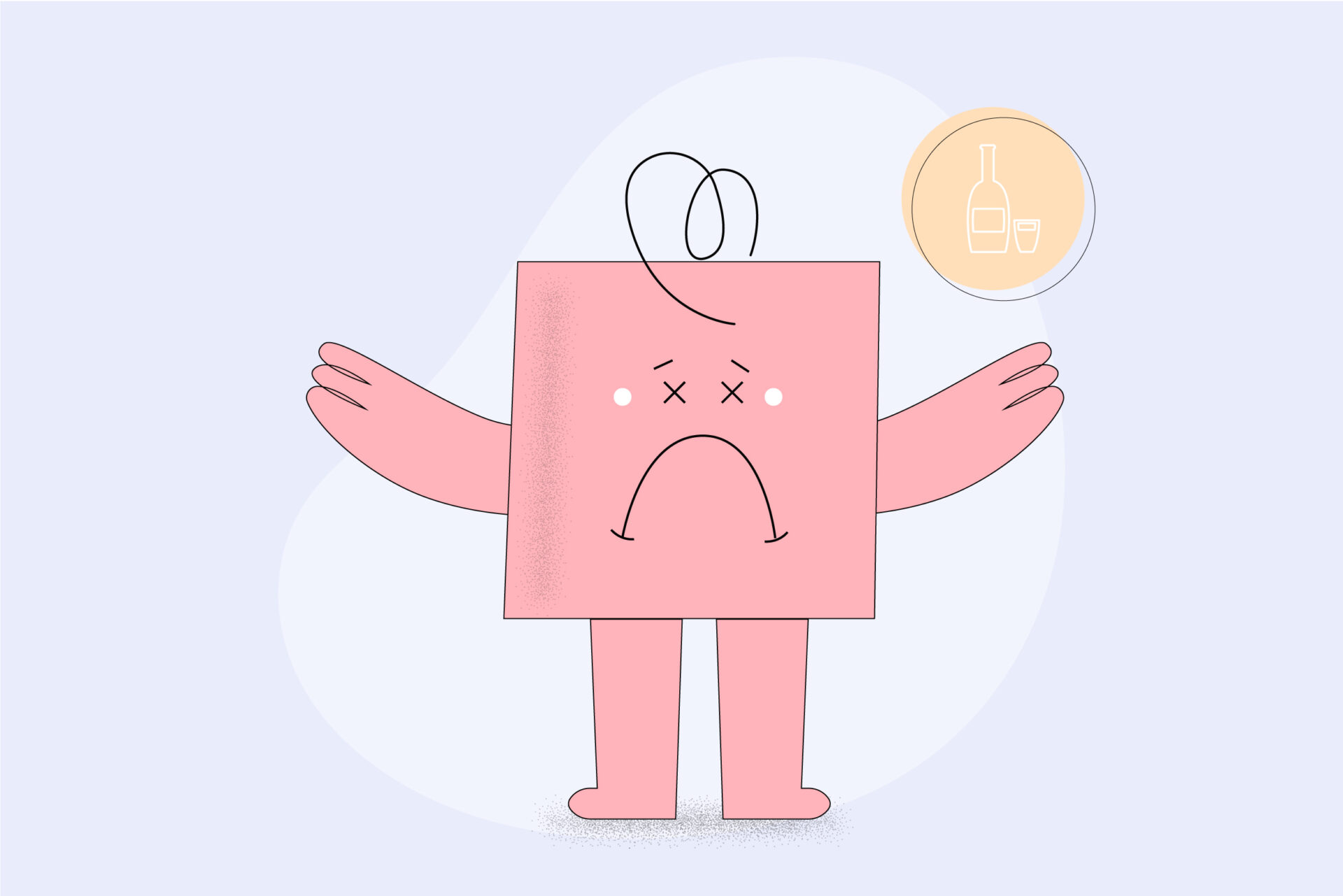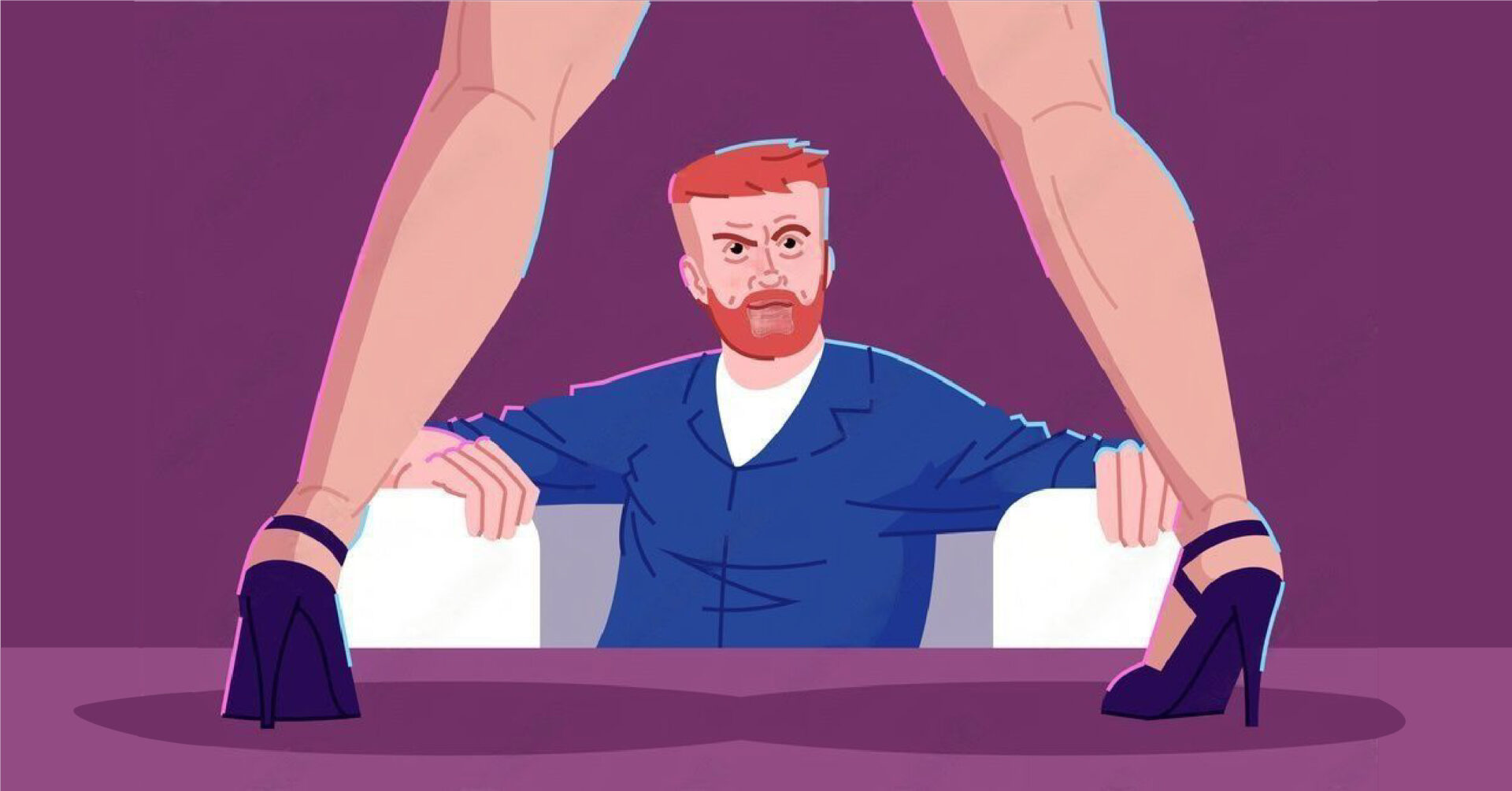Trichotillomania Quiz
The Trichotillomania Quiz is designed to help individuals recognize potential signs of trichotillomania, a psychological disorder characterized by recurrent pulling out of one's hair, leading to noticeable hair loss and significant distress or impairment in daily functioning.


Time is Up!

Time's up
Who can take this quiz?
The Trichotillomania Assessment Quiz is designed for individuals who find themselves frequently pulling out their hair, resulting in noticeable hair loss, or those who experience an irresistible urge to pull hair, whether it’s from the scalp, eyebrows, eyelids, or other parts of the body. It’s also appropriate for caregivers or loved ones who are concerned about similar behaviors in someone close to them.
What purpose does this quiz serve?
This quiz serves as an informational tool to help individuals recognize the potential signs and symptoms of Trichotillomania, also known as hair-pulling disorder. By guiding users through a series of questions related to their hair-pulling behaviors and the emotional experiences associated with these actions, the quiz aims to raise awareness about the condition and encourage those who identify with the symptoms to seek a professional evaluation. The ultimate goal is to facilitate early intervention and appropriate treatment for those affected by Trichotillomania.
What is meant by "Trichotillomania Assessment Quiz"?
The term “Trichotillomania Assessment Quiz” clearly indicates that the quiz is a self-evaluation tool focusing on Trichotillomania, a mental health disorder characterized by the compulsive urge to pull out one’s hair. The name suggests that the quiz allows individuals to assess themselves for symptoms commonly associated with Trichotillomania, offering a preliminary understanding of their behaviors and feelings related to hair pulling.
How does the Trichotillomania Assessment Quiz work?
The quiz operates by presenting a series of statements or questions that reflect common experiences and symptoms of Trichotillomania, such as recurrent hair pulling, increasing tension before pulling or when attempting to resist pulling, and feelings of pleasure or relief after pulling. Participants answer “Yes” or “No” based on their personal experiences, aiming to capture the frequency, intensity, and impact of these behaviors on their life. The scoring methodology provides a guideline for interpreting the responses, suggesting that a higher number of “Yes” answers may indicate tendencies consistent with Trichotillomania. It emphasizes the importance of consulting with a mental health professional for a comprehensive assessment and to explore effective treatment options, reinforcing the quiz’s role as an initial step toward seeking help and managing the disorder.
General Frequently Asked Questions
Trichotillomania, also known as hair-pulling disorder, is a mental health disorder characterized by an irresistible urge to pull out one’s hair, leading to hair loss and distress.
Diagnosis involves a psychological evaluation that includes discussing your hair-pulling behaviors, rituals associated with hair pulling, and the impact of those behaviors on your life. It’s diagnosed based on criteria that include efforts to stop the behavior and the absence of another medical explanation for hair loss.
Treatment may include therapy, particularly cognitive-behavioral therapy (CBT) techniques such as habit reversal training, and sometimes medications to reduce the urge to pull hair.
- Trichotillomania Learning Center (TLC): https://www.bfrb.org/
- National Institute of Mental Health (NIMH): https://www.nimh.nih.gov/
- Mayo Clinic: https://www.mayoclinic.org/diseases-conditions/trichotillomania/diagnosis-treatment/drc-20355190
Need a customized plan?
Disclaimer: According to an individual’s case severity, the sessions might vary.


